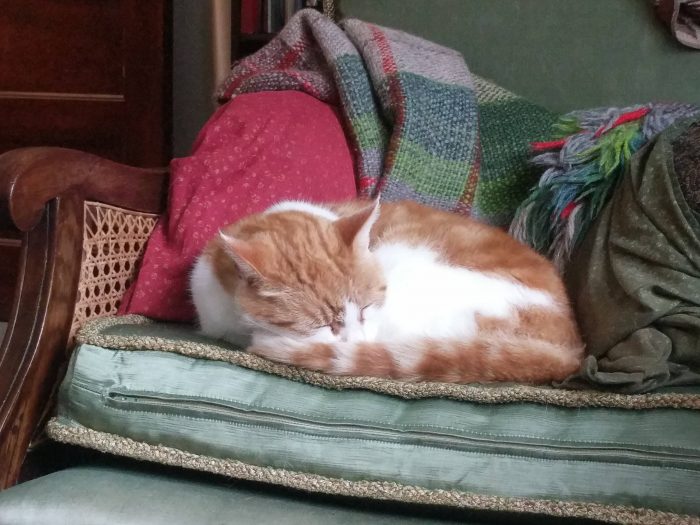What are the elements of cosiness?


Old-Fashioned Fruitcake
I recently had a passing encounter with Wagner’s opera Lohengrin, and I am still reeling from the ridiculousness. Fortunately it was only a passing encounter – the full opera runs just under four hours, and that’s not even counting the two intervals wherein you stagger forth to refresh your bewildered brain with an icecream.
Side Note: where English is stuck with the rather vague “full-length” to describe theatrical presentations, the Germans have the nifty word abendfüllend, meaning something that fills the evening. Wagner I imagine must have his own word: abendüberfüllend.
The story of Lohengrin goes like this. The child-Duke of Brabant has disappeared. His guardian the Count accuses the wee Duke’s big sister Elsa of murdering the poor boy in order to become Duchess of Brabant herself. He furthermore suggests that the visiting King should make him Duke of Brabant instead, thus foiling the murderess’s ambitions. (If you are feeling suspicious of the Count right now, fair enough.)
The King decides this is above his pay grade and refers the matter to God – by means of Trial By Combat. Of course, no one expects Elsa to fight for herself, being of the female persuasion, so the call goes out for volunteers. Big resounding silence, followed by a second big resounding silence at the second time of asking.
Elsa prays that God would send her a champion (a more intelligent woman might have prayed for her brother to be restored to life, or for his murderer to drop dead, but here we are) and nek minnit, here comes a boat pulled by a swan. Yes, a swan. Some people use oars, some people have even mastered the concept of the sail, but this is Wagner, so the mystical boat’s propulsion is one swanpower.
Continue & Comment